“Reverse gear”?
China, the world’s largest electric vehicle maker, is ramping up its international sales of plug-in hybrid vehicles (PHEVs), which can run on both batteries and gasoline. China’s exports of PHEVs are increasing while those of pure electric vehicles are decreasing.
We are seeing a clear strategic shift by Chinese automakers as they add hybrids to their export portfolios. In markets where charging infrastructure is lacking or incentives for pure electric vehicles are not attractive, PHEVs are a practical solution that allows Chinese automakers to compete on price, range and performance, said Bill Russo, CEO of consulting firm Automobility.

In the Chinese market, PHEV is a strategic segment of many domestic brands such as BYD, Li Auto, Geely, Chery or MG... Recently, Chinese car manufacturers have flexibly switched to PHEV technology, for domestic consumption and export.
From a strategy that focused solely on pure electric vehicles and controlled more than half of the global electric vehicle market, it seems that the Chinese auto industry is “in reverse gear”?
PHEVs are vehicles that use both an electric motor and an internal combustion engine. For short distances, the vehicle runs entirely on electric power, with the battery fully charged at home and bypassing gas stations. For longer trips, just filling up the tank of gas is enough, without the range limitations of pure electric vehicles (EVs), which require charging infrastructure and hours of waiting to recharge.
PHEVs have a big advantage in dense urban areas where average speeds are low and traffic lights are frequent. In these conditions, the vehicle can operate in full electric mode and use almost no gasoline.
No way out?
However, PHEV is only considered a transitional step in the path to pure electric cars. Not only that, because of "cramming" both electric motors and internal combustion engines into one car, the price is quite expensive, accompanied by many complicated problems, not always working synchronously as desired. With a more complex hybrid system, there is a greater risk of technical errors, the cost of repair and replacement of components will be very expensive, car owners will experience it at repair shops.
Consumer Reports, a US product review magazine, conducted a survey of more than 330,000 car owners of models from 2000 to 2024, about problems encountered, related to engines, transmissions, electric motors, infotainment systems... The survey results showed that PHEV vehicles have the worst reliability, with the number of problems users encountered during use 146% higher than vehicles running on traditional internal combustion engines.
Because they have to copy and borrow technology from developed countries, the internal combustion engines of Chinese car manufacturers have many disadvantages, and their reliability is far inferior to that of Japanese, German, and American car manufacturers. These disadvantages include low durability, rapid deterioration, lack of stability, fuel consumption, and loud noise. Therefore, most car models are not highly appreciated, difficult to export, and China has switched to pure electric cars to eliminate the above disadvantages. However, with PHEV cars still using internal combustion engines, these disadvantages are exposed. The cheaper the car, the less reliable it is.
Many PHEV models of Chinese automakers (including major ones) have been criticized by customers in China and abroad for their actual performance when the battery is depleted. If the car is mainly operated by a 1.5L gasoline engine, the consumption is up to 6 liters/100km, much higher than the announced. Not only that, the car often vibrates and jerks when the gasoline engine is running. These are new cars, if used for a long time, the internal combustion engine will certainly reveal many disadvantages.
Some comments say that the process of focusing on PHEV cars of Chinese automakers can last from 3 to 5 years. Because of the “no way out” crisis with new electric cars, they have to be “flexible” like that, but it is not necessarily an “escape”. This “reverse gear” is full of risks, because it is chasing short-term benefits.
Source: https://khoahocdoisong.vn/cu-cai-so-lui-day-rui-ro-cua-nganh-cong-nghiep-oto-trung-quoc-post2149048386.html



![[Photo] Brilliant red of the exhibition 95 years of the Party Flag lighting the way before the opening](https://vphoto.vietnam.vn/thumb/1200x675/vietnam/resource/IMAGE/2025/8/27/e19d957d17f649648ca14ce6cc4d8dd4)

![[Photo] Many people eagerly await the preliminary review despite heavy rain](https://vphoto.vietnam.vn/thumb/1200x675/vietnam/resource/IMAGE/2025/8/27/4dc782c65c1244b196890448bafa9b69)


![[Photo] Prime Minister Pham Minh Chinh chairs meeting of National Steering Committee on International Integration](https://vphoto.vietnam.vn/thumb/1200x675/vietnam/resource/IMAGE/2025/8/26/9d34a506f9fb42ac90a48179fc89abb3)

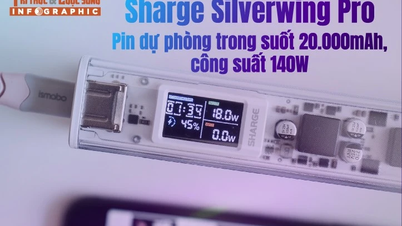
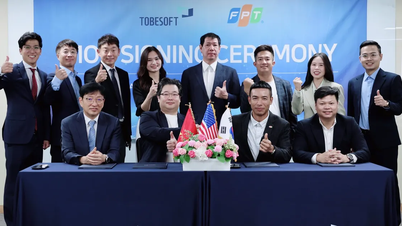

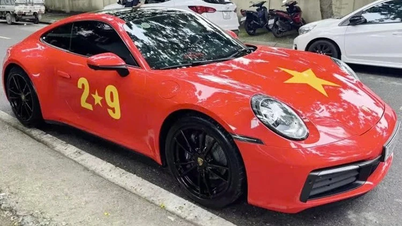


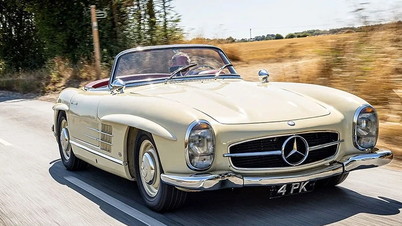





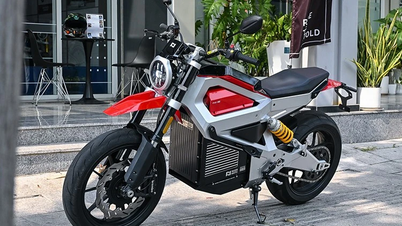
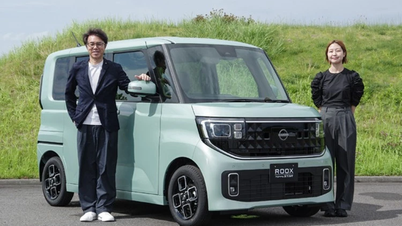


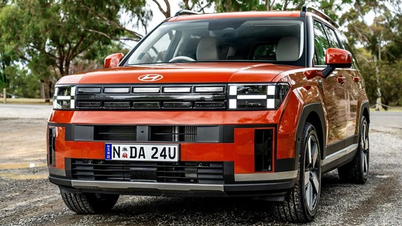



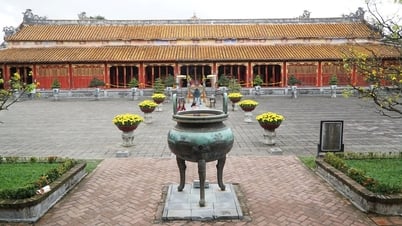

















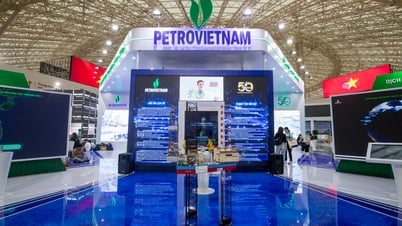

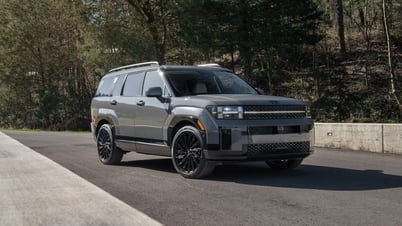
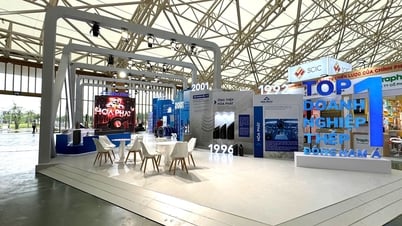
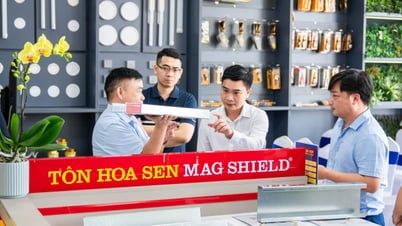





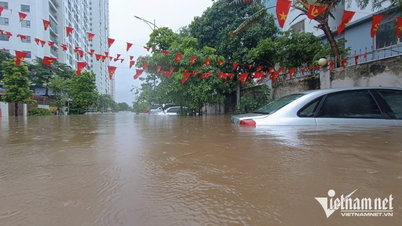
![[Photo] General Secretary To Lam attends Meeting with generations of National Assembly deputies](https://vphoto.vietnam.vn/thumb/402x226/vietnam/resource/IMAGE/2025/8/27/a79fc06e4aa744c9a4b7fa7dfef8a266)


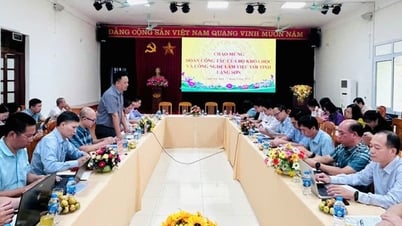





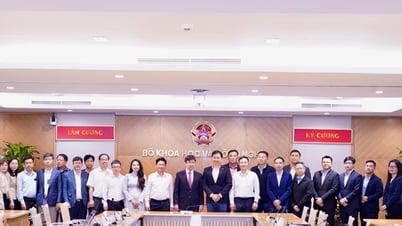


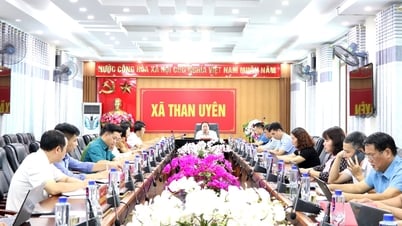




















Comment (0)